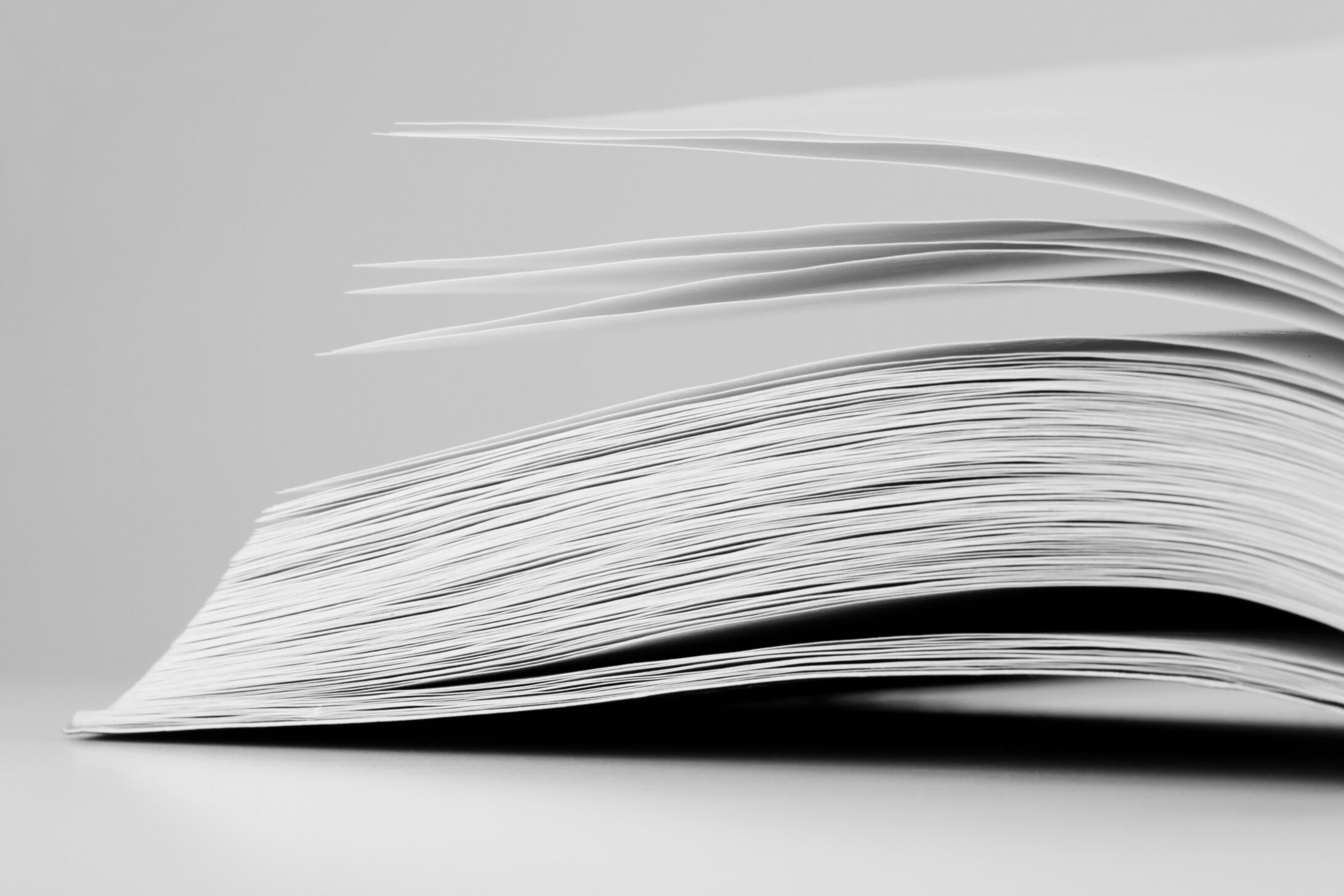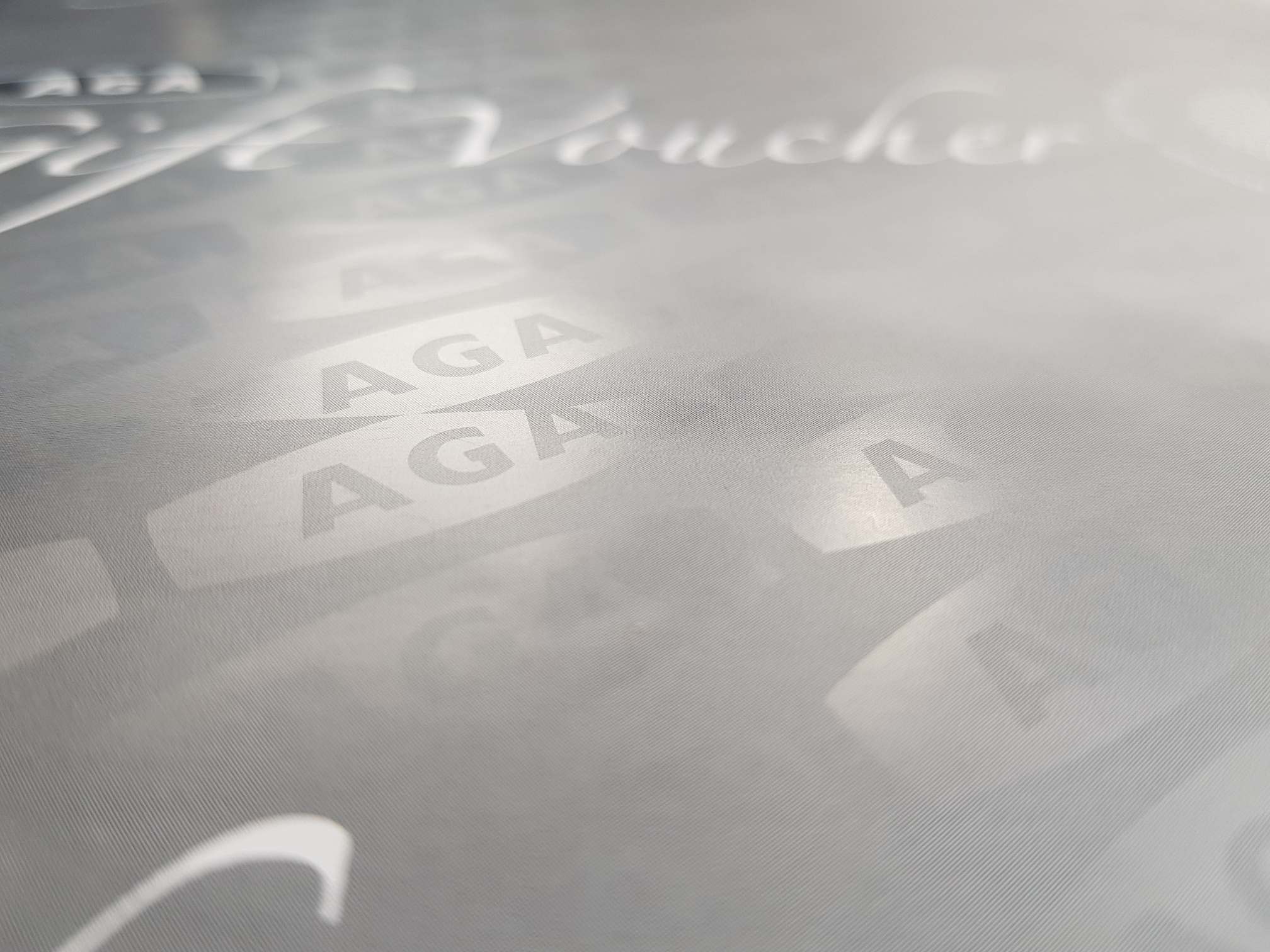Choosing the right binding method for your book, brochure, or catalogue is a key decision. At Johnsons of Nantwich, we offer both perfect binding and PUR binding, and we’re here to help you determine which is best for your project.
Both techniques create a professional, square-spined finish and work well for thicker documents. However, their key differences can impact your final product’s quality, durability, and cost.
Perfect Binding
Perfect binding uses EVA (Ethylene Vinyl Acetate) adhesive to secure pages. It’s a common choice for magazines, paperback books, and brochures. While not as durable as PUR, it’s an excellent option for documents that will see lighter use or when the budget is a primary concern.
- Best for: Shorter print runs, magazines, and marketing brochures.
- Strength: Standard.
- Cost: Lower.
- Cure Time: Quick.
- Limitations: Less flexible and not ideal for extreme temperatures.
PUR Binding
PUR (Polyurethane Reactive) binding uses a stronger, more flexible adhesive, offering superior durability and excellent lay-flat qualities. It’s particularly well-suited for documents with higher page counts, coated papers, or publications that will be handled frequently.
- Best for: Catalogues, manuals, and premium books.
- Strength: Very high – 2.5 times stronger than perfect binding.
- Cost: Higher due to setup and longer curing time.
- Cure Time: Longer (requires 24 hours to fully set).
- Benefits: Withstands heavy use, lies flatter, and lasts longer.
What About Thread-Sewn Books?
For projects demanding extra durability—such as books opened frequently or intended to last for many years—thread sewing is an ideal finishing technique. This process stitches the inner sections together before applying a glued cover.
You can combine thread sewing with both perfect and PUR binding:
- Thread-Sewn + PUR Binding: This is the strongest option, perfect for coffee table books, reference materials, or keepsake publications.
- Thread-Sewn + Perfect Binding: A budget-conscious compromise that provides improved strength and longevity compared to glue-only binding.
Which One Should You Choose?
Your choice will depend on several factors:
| Consideration | Perfect Binding | PUR Binding |
|---|---|---|
| Durability | Moderate | High – 2–3x stronger |
| Cost | More affordable for short runs | Better value for longer print runs |
| Best For | Magazines, brochures, short-term use | Thicker documents, long-term use |
| Minimum Quantity | Ideal for smaller volumes | Recommended for 150+ copies |
| Pages | Suitable for under 36 text pages | Ideal for 36+ text pages |
Need Help Deciding?
If you’re still unsure which binding method is best for your print project, we’re happy to help! Contact the team at Johnsons of Nantwich by calling 01270 625207, emailing sales@jprint.co.uk, or clicking here to get in touch. We’ll help you choose the most effective and professional finish for your print job, whether it’s a single brochure or a large run of high-end publications.
Further Reading
If you’d like to explore more about the technical aspects of book binding and print production, the following resources are a great place to start:
- What is Perfect Binding – Wikipedia
- Polyurethane Reactive (PUR) Adhesives – Wikipedia
- British Printing Industries Federation (BPIF) – The leading trade association for UK print, offering guidance on print standards and practices.





